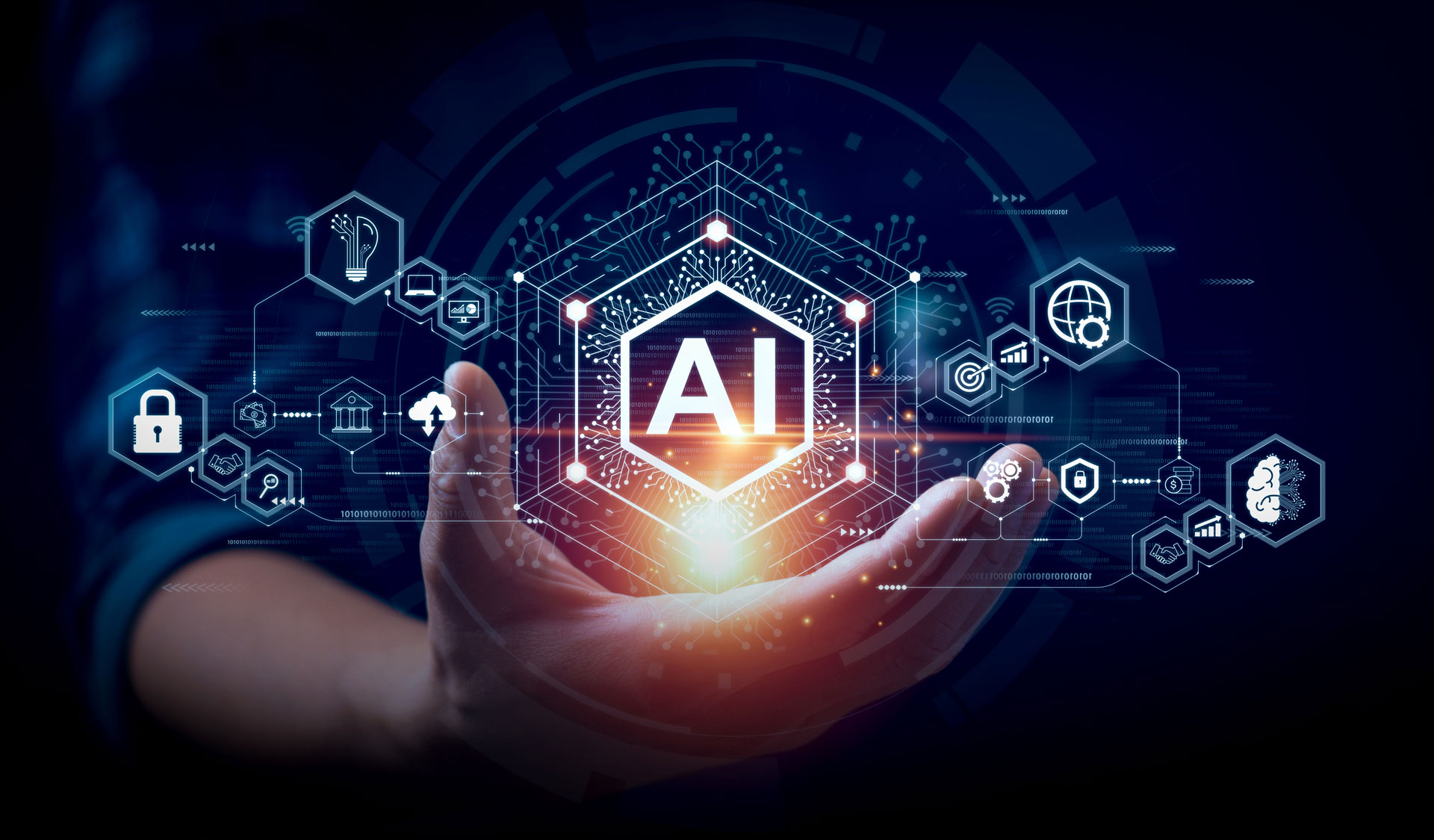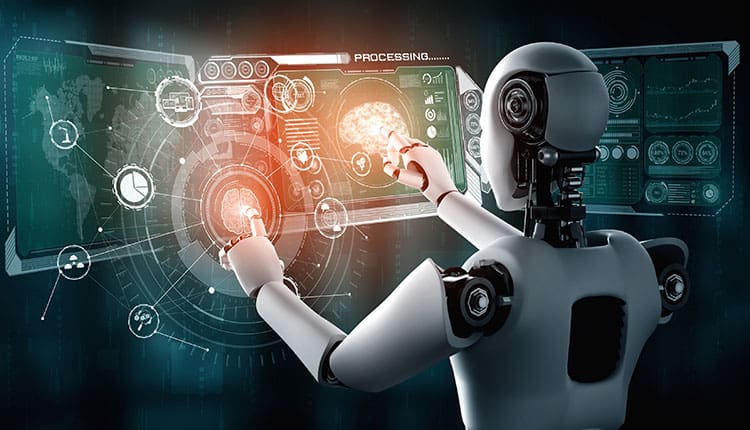
Reqscout
FollowOverview
-
Date de fondation 23 mars 1967
-
Secteurs Industrie
-
Posted Jobs 0
-
Vues 60
L'entreprise
What Is Artificial Intelligence (AI)?

The idea of « a device that believes » dates back to ancient Greece. But because the development of electronic computing (and relative to a few of the subjects talked about in this short article) crucial events and turning points in the evolution of AI consist of the following:
1950.
Alan Turing releases Computing Machinery and Intelligence. In this paper, Turing-famous for breaking the German ENIGMA code during WWII and frequently described as the « daddy of computer science »- asks the following question: « Can machines believe? »
From there, he offers a test, now famously referred to as the « Turing Test, » where a human interrogator would try to differentiate between a computer system and human text action. While this test has gone through much analysis because it was published, it remains a fundamental part of the history of AI, and a continuous idea within philosophy as it utilizes concepts around linguistics.
1956.
John McCarthy coins the term « artificial intelligence » at the first-ever AI conference at Dartmouth College. (McCarthy went on to create the Lisp language.) Later that year, Allen Newell, J.C. Shaw and Herbert Simon produce the Logic Theorist, the first-ever running AI computer system program.
1967.
Frank Rosenblatt develops the Mark 1 Perceptron, the very first computer based on a neural network that « found out » through experimentation. Just a year later on, Marvin Minsky and Seymour Papert release a book titled Perceptrons, which becomes both the landmark deal with neural networks and, at least for a while, an argument against future neural network research study initiatives.
1980.
Neural networks, which use a backpropagation algorithm to train itself, became widely utilized in AI applications.

1995.
Stuart Russell and Peter Norvig release Expert system: A Modern Approach, which ends up being one of the leading books in the study of AI. In it, they delve into four possible objectives or definitions of AI, which distinguishes computer system systems based on rationality and thinking versus acting.

1997.
IBM’s Deep Blue beats then world chess champ Garry Kasparov, in a chess match (and rematch).

2004.
John McCarthy composes a paper, What Is Artificial Intelligence?, and proposes an often-cited meaning of AI. By this time, the age of huge information and cloud computing is underway, making it possible for companies to handle ever-larger data estates, which will one day be used to train AI designs.
2011.
IBM Watson ® beats champs Ken Jennings and Brad Rutter at Jeopardy! Also, around this time, data science begins to become a popular discipline.
2015.
Minwa supercomputer utilizes an unique deep neural network called a convolutional neural network to identify and categorize images with a greater rate of precision than the average human.
2016.
DeepMind’s AlphaGo program, powered by a deep neural network, beats Lee Sodol, the world champ Go gamer, in a five-game match. The success is significant offered the big variety of possible moves as the video game progresses (over 14.5 trillion after just four relocations). Later, Google acquired DeepMind for a reported USD 400 million.
2022.
A rise in large language designs or LLMs, such as OpenAI’s ChatGPT, produces a massive modification in efficiency of AI and its possible to drive enterprise value. With these brand-new generative AI practices, deep-learning designs can be pretrained on large quantities of data.
2024.
The most recent AI patterns point to a continuing AI renaissance. Multimodal designs that can take numerous kinds of information as input are providing richer, more robust experiences. These models combine computer system vision image acknowledgment and NLP speech acknowledgment abilities. Smaller designs are also making strides in an age of diminishing returns with huge designs with large parameter counts.


